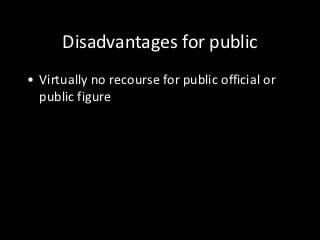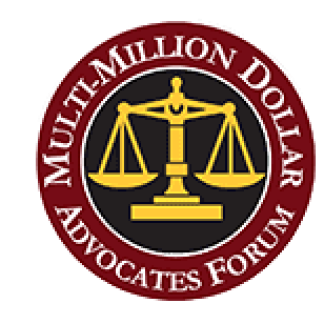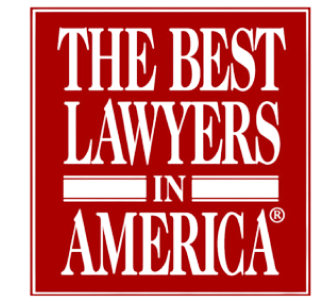The first step in bringing a lawsuit for libel against a public figure is to identify the specific libel that the plaintiff alleges has caused damage. Typically, the libel should be related to a public figure's career or public image. In some cases, it might also be related to other factors such as the defendant's profession or public image. In either case, damages may be limited to the amount of actual loss suffered by the plaintiff, although non-pecuniary elements can be present. Personal Injury
A common misconception is that the definition of a "public figure" is confined to high-ranking government officials, including politicians. While this is largely true, it can extend to certain government employees. In the case of Rosenblatt v. Baer, the court held that the supervisor of a county recreational ski center constituted a "public figure" in this context. Even though this case may seem extreme, it is still important to understand that a "public figure" can be defined in many ways.
While the law is based on equal treatment for the two sides, in the criminal realm, the government has greater power. The threat of criminal prosecution can restrict free speech and can lead to arbitrary prosecutions or complaints filed purely for publicity value. In such a situation, the government may have no other choice but to use criminal law to suppress unpopular expression. Nevertheless, some people oppose criminalizing speech and argue that this is necessary to protect society.
Whether a public figure can be sued for libel involves the reasonableness of communication channels. The defendant must have reasonable access to effective means of communication with the plaintiff. For example, the publication must have reasonable access to Dr. Romano and the defendant. It must have reasonable response channels, such as Wheeling News Register and 20/20, to ensure that the plaintiff can respond appropriately. The defendant may also be liable for damages.
Another form of libel is criminal. Libel can be used to punish criticism of government officials. This method of punishment does not promote free speech and merely discourages citizens from speaking out against government officials. For example, the court's decision in Ayer Productions v. Fitts & Co. ruled that criminal libel could be used against a public figure if the content of the publication was false.
The public figure doctrine has been announced by numerous Supreme Court cases since 1964. Among the most notable cases that announced the doctrine were New York Times Company v. Sullivan in 1964, Curtis Publishing Co. v. Butts in 1967, and Rosenbloom v. Metromedia, Inc. in 1971. These cases have all set the stage for what we call the "public figure" doctrine. But when a public figure is not a person, it may be a business, celebrity, or politician who is widely popular throughout society.








